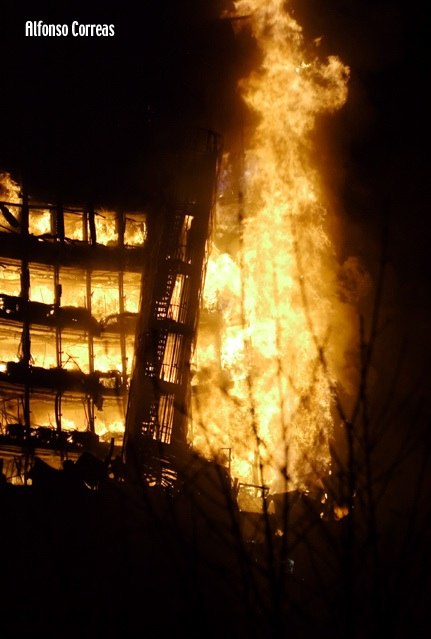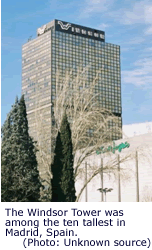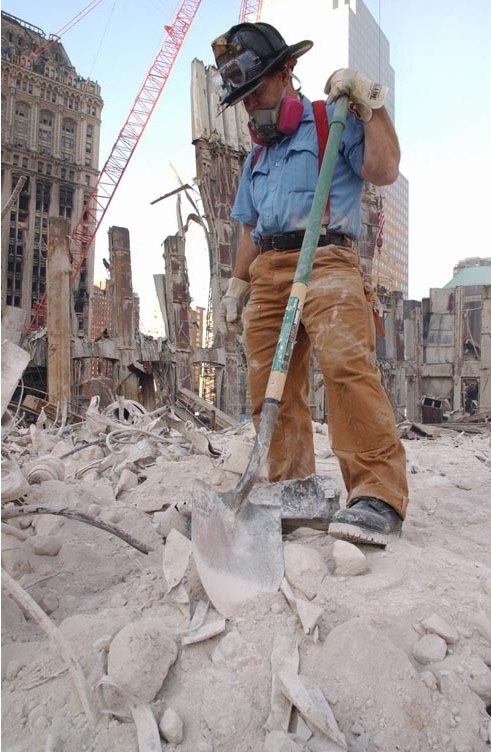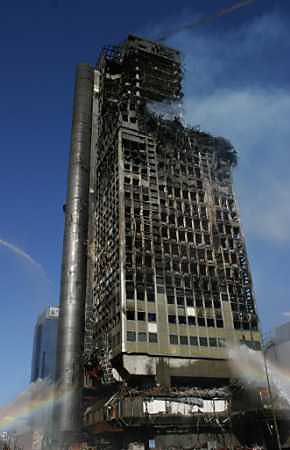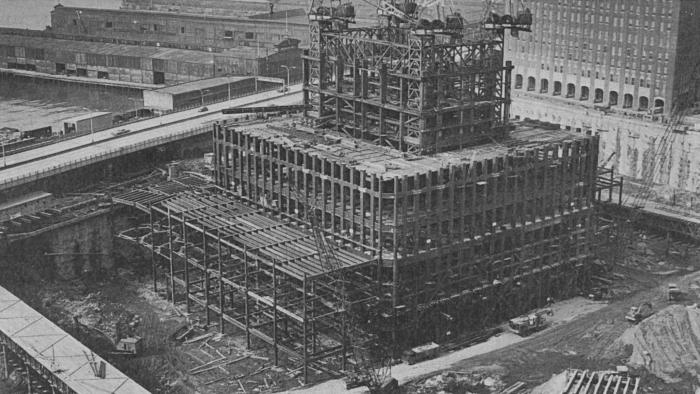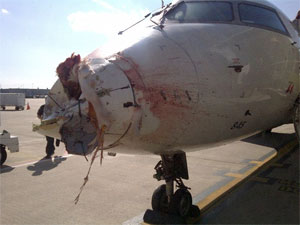I must admit to being on the verge of dropping this topic. I've always tried to stay away from 9/11 in the past, as it's such a black hole. For example, this thread back from 2006 went on for nearly a thousand pages:
http://www.physforum.com/index.php?showtopic=3108&st=0
It's a seductive topic for a debunker to get in to, because there's so much bunk in it. But it's a many headed hydra - the people who still believe the planes did not bring down the building are the ones who have evolved their thought processes and their arguments to basically become invulnerable to reason.
Lee, it would seem you arguments all boil down to "but the steel beams are so big and strong, nothing could make them fail", or other variants of the argument from personal incredulity.
http://www.physforum.com/index.php?showtopic=3108&st=0
It's a seductive topic for a debunker to get in to, because there's so much bunk in it. But it's a many headed hydra - the people who still believe the planes did not bring down the building are the ones who have evolved their thought processes and their arguments to basically become invulnerable to reason.
Lee, it would seem you arguments all boil down to "but the steel beams are so big and strong, nothing could make them fail", or other variants of the argument from personal incredulity.

